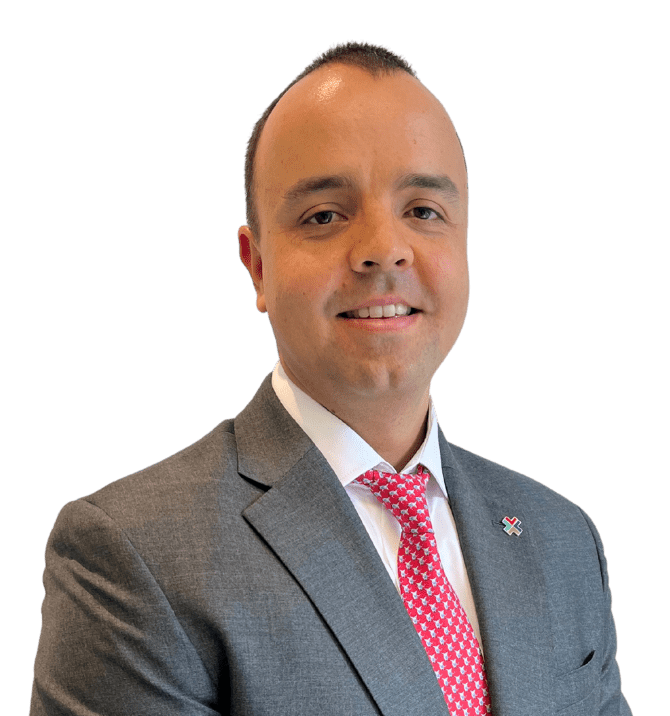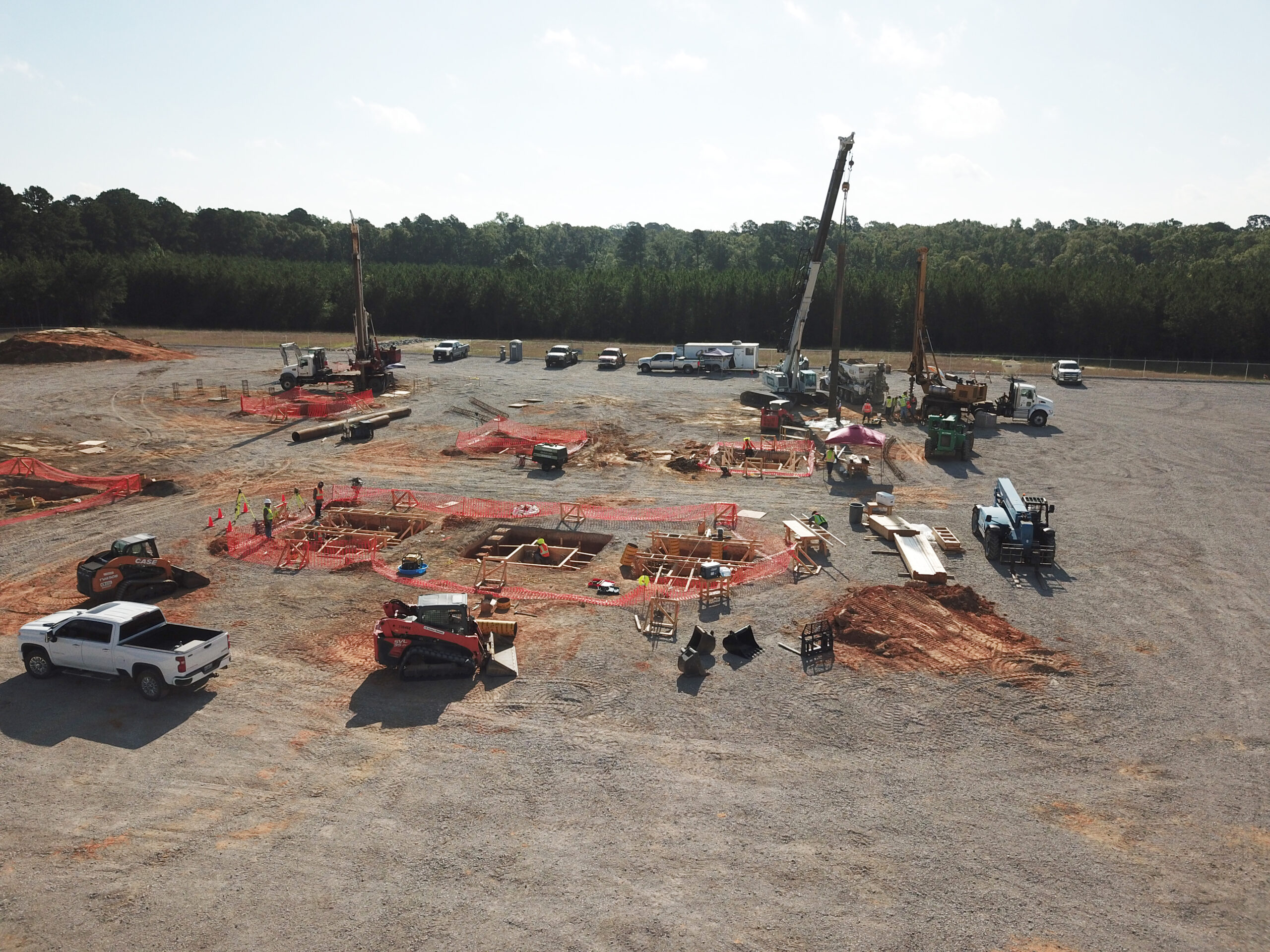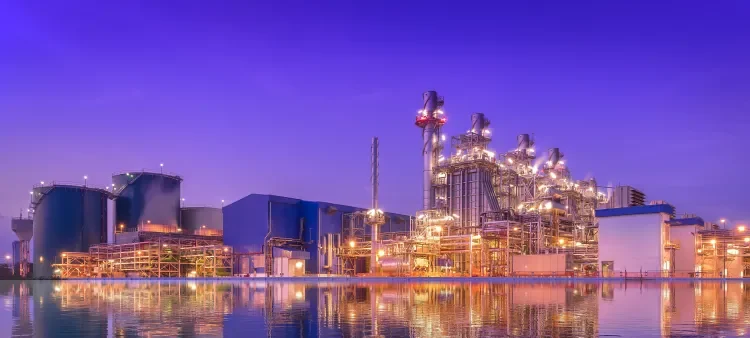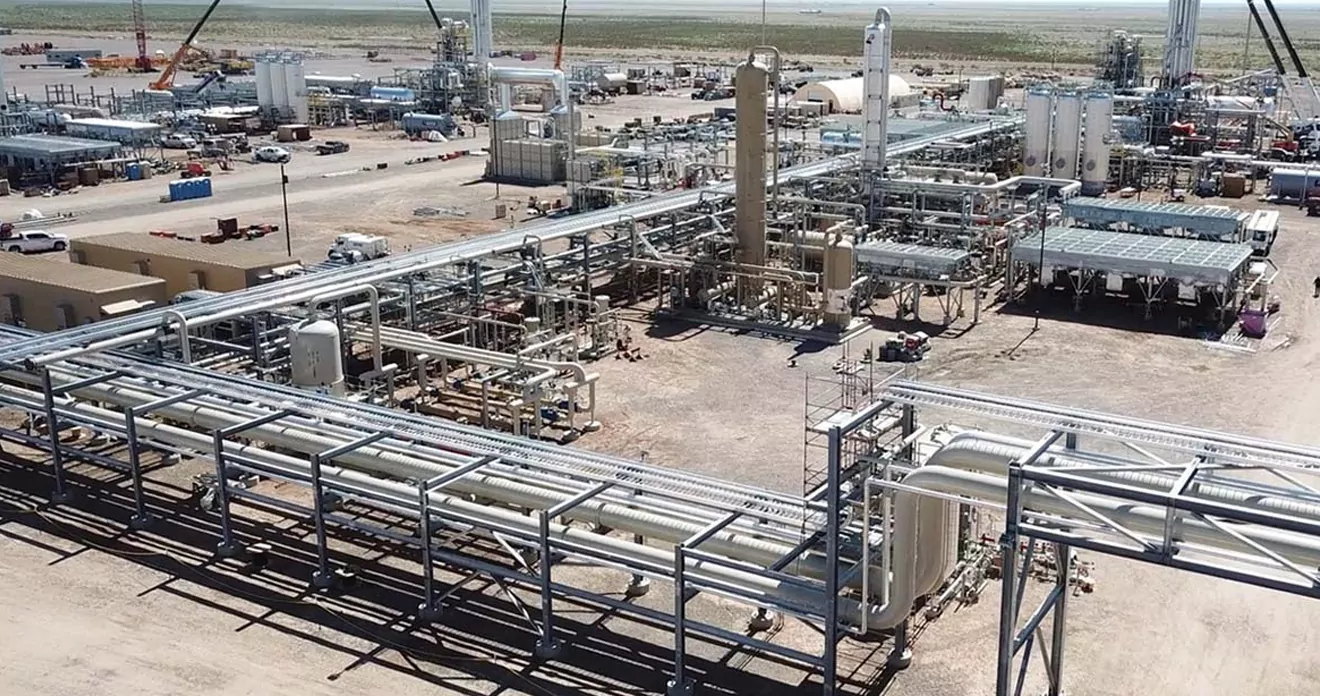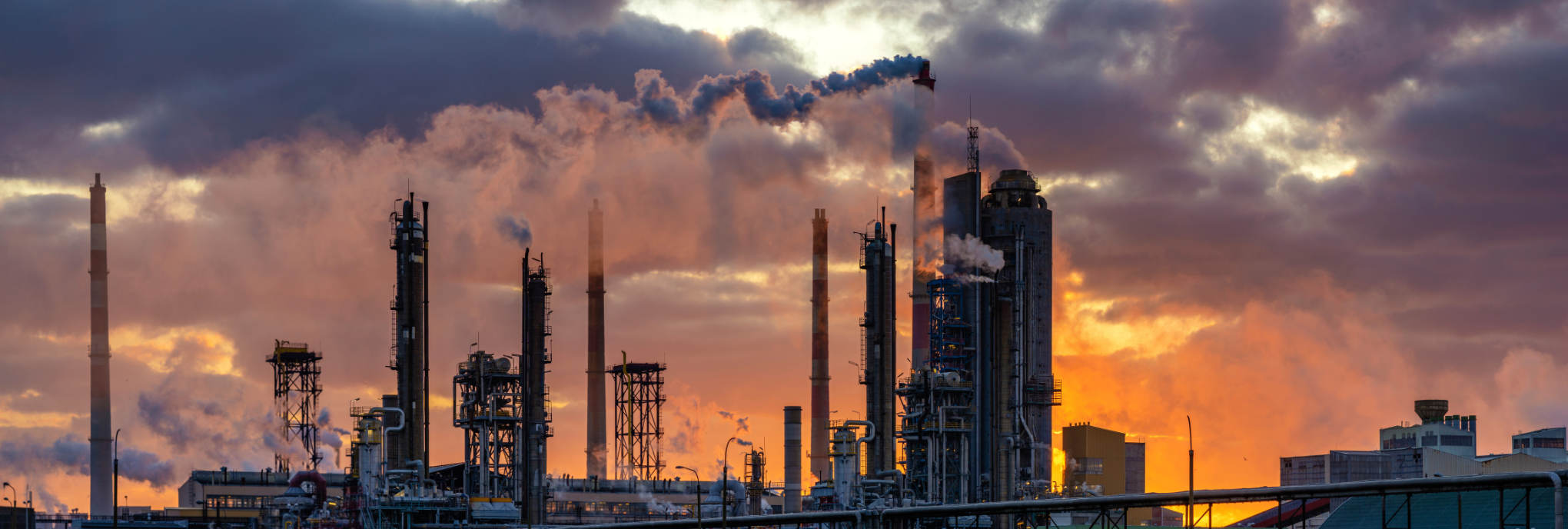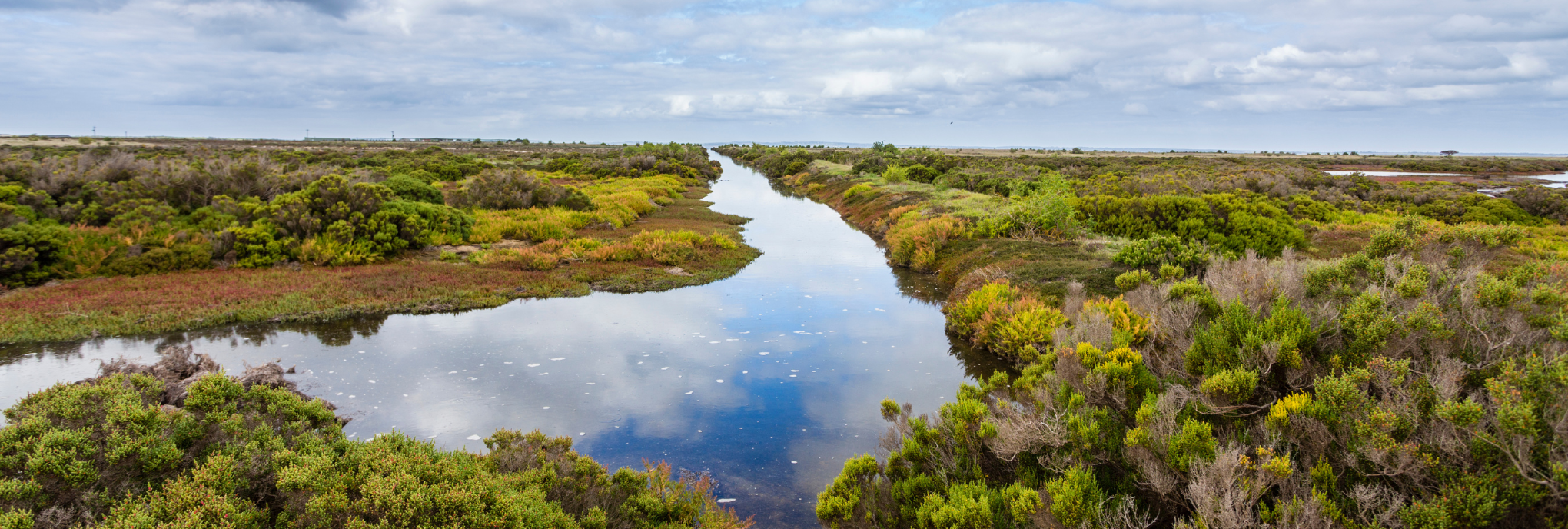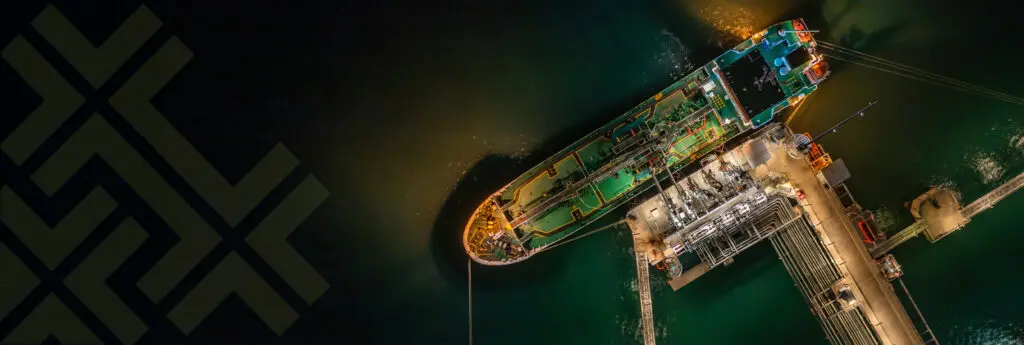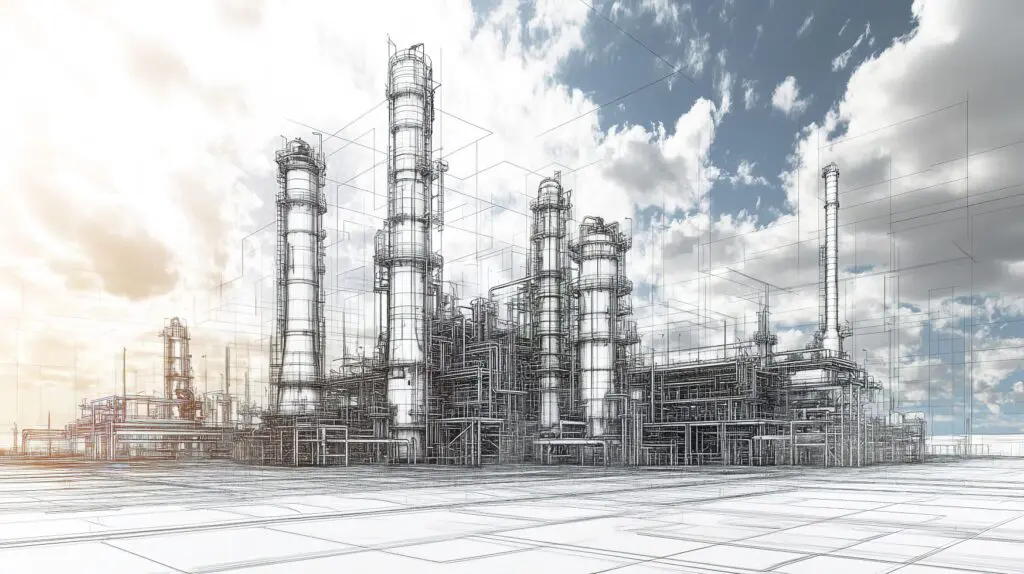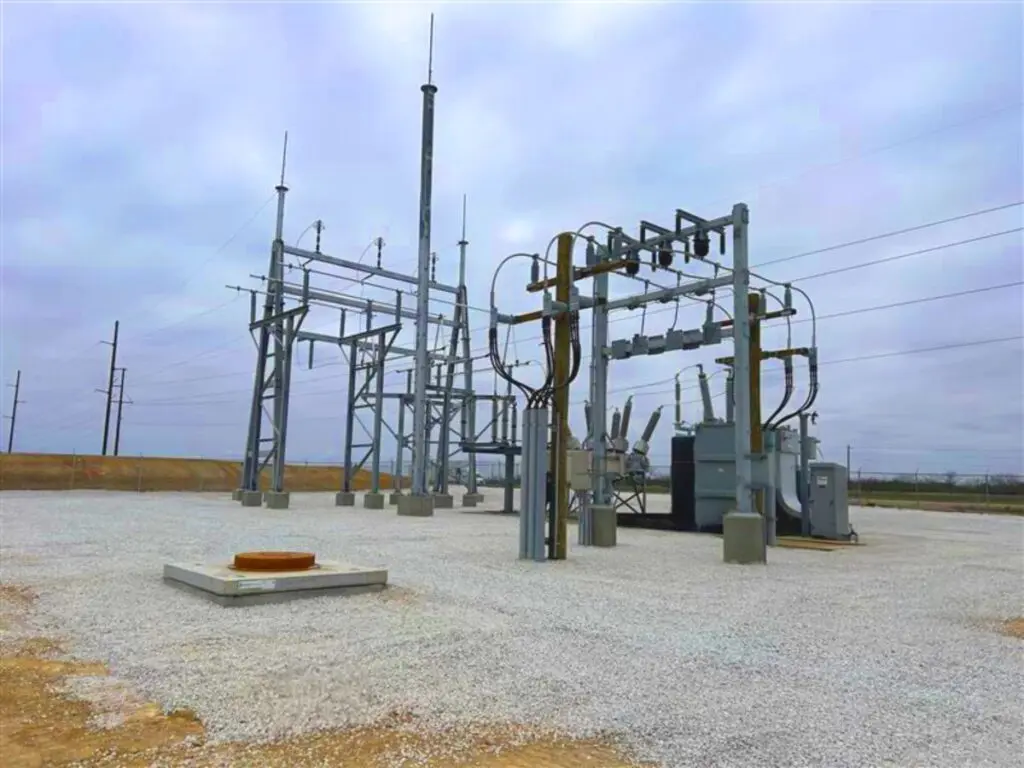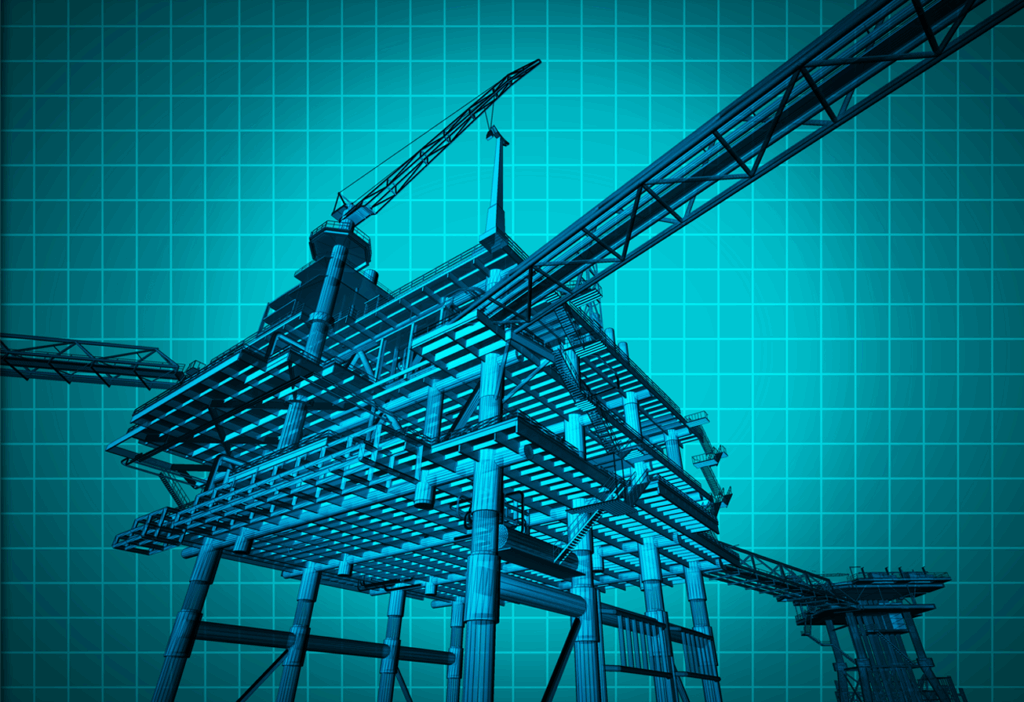

Want to share this article?
Applying the FEED Phase to Reengineer the Future of Oil + Gas
Companies involved in oil and gas exploration and production (E&P) are becoming less profitable worldwide. With an increasing demand for hydrocarbons, it is important for the industry to revert this trend to retain and attract investors. For any project, front-end engineering and design—the FEED phase—contributes enormously to various key factors impacting the project’s success.
Targeting FID + positive NPV with increasing project complexity
While many factors impact the profitability of an E&P firm, achieving positive net present value (NPV) on projects remains important, especially as operators seek to maintain or increase oil and gas production. Positive NPV for stakeholders is particularly important in challenging environments. As the industry explores reservoirs that are deeper and more remote, additional challenges emerge. These more complex, less conventional projects often come with increased costs and schedule delays, pushing back first oil. Higher capital expenditures (CAPEX) with higher rates make positive NPV a harder task. To incorporate reserves in a profitable manner, positive-NPV projects are vital. A project’s NPV calculation starts with asset acquisition and ends with facility decommissioning, making each life-cycle phase essential for long-term success.
At the same time, oil and gas companies have invested in green and renewable energies, many of which generate a much lower return. To support this energy transition without a drastic erosion in profitability, NPV maximization without sacrificing safety should be the number one priority.
Although oil and gas prices and discount rates are typically outside the control of the project execution group, the team can influence the total installed cost (TIC), time to first oil, and operating expenditures (OPEX). Some companies utilize turnkey proposals to support their evaluation of final investment decision (FID). However, the complexity of a project can introduce risk. Uncertainty often inflates TIC, extends project schedules, or worse, leads to contractors underestimating and abandoning the project.
Leveraging the FEED phase to support project success
To mitigate risks and align a project with your company’s objectives, various engineering phases must be followed to ensure a thorough project plan. The FEED phase defines the technical requirements and anticipated costs of a proposed project—making it vital for FID and, ultimately, positive NPV.
The potential impact of the FEED phase on your project’s outcome, then, makes it crucial to select the right engineers. Your engineering partner for FEED should bring expertise, experience, and data-driven insights to determine project economics and provide a precise project plan.
Proving project results from the FEED phase
Audubon’s strategy in the FEED phase has set new standards for project execution, safety, and efficiency. Our flexible, innovative approach enables us to deliver safe, cost-effective solutions across projects of all sizes and complexities.
Offshore, Audubon engineers met a fast-track timeline for the Delta House floating production system (FPS) with a one-size-fits-most design philosophy and strict project management. Our FEED phase also supported FID on Salamanca, the industry’s first fully sustainable FPS repurposed for production from a decommissioned unit. With a refurbished topside and an expedited timeline, this project is set to reduce construction emissions by 70% compared to traditional development of offshore greenfield assets.
Onshore, we executed the world’s first commercial application of Ortloff SRX technology at the Diamond cryogenic complex. Our engineering enabled the facility to achieve 1.2 billion scf/d of gas processing, with over 99% ethane recovery, 100% propane recovery in ethane mode, and over 99% propane recovery in rejection mode. We also contributed downstream on an expansion of the Targa terminal. FEED there included process safety analysis to result in zero recorded incidents over 105,000 man-hours.
And in the energy transition space, Audubon engineers provided FEED for the first hydrogen fueling station at the Port of Long Beach, California. Key modeling deliverables and expert planning set the project up for success as an alternative fuel facility to support decarbonization in the transportation sector.
Partnering with Audubon for your FEED phase
By challenging traditional thinking, implementing new technologies, and solving problems creatively, our FEED teams are driving project success and reengineering the future of oil and gas—reducing emissions and maximizing returns in a constantly evolving energy landscape. We are committed to delivering value and performance to our clients, project after project. How can Audubon support positive NPV on your next project?
About the author


